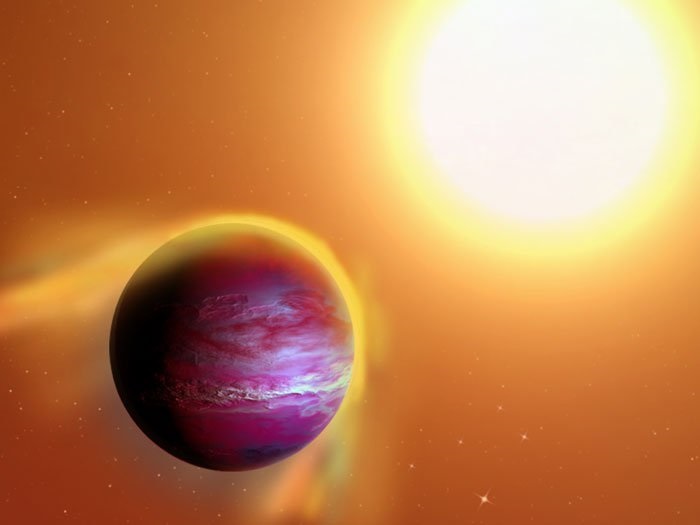Researchers think PTFO8–8695 b is slowly losing its outer layers, which are being ripped away over time by the gravity pull of its nearby star.
"A handful of known planets are in similarly small orbits, but because this star is only 2 million years old, this is one of the most extreme examples," said astronomer Christopher Johns-Krull from Rice University.
While the object`s status as a planet has yet to be scientifically confirmed, the relative youth of PTFO8–8695 b, along with its unfortunate predicament, suggests that we`re looking at something special. At least for as long as PTFO8–8695 b manages to hold out.
"We don`t yet have absolute proof this is a planet because we don`t yet have a firm measure of the planet`s mass, but our observations go a long way toward verifying this really is a planet," said Johns-Krull. "We compared our evidence against every other scenario we could imagine, and the weight of the evidence suggests this is one of the youngest planets yet observed."
And that list of planets observed is growing all the time. Scientists have currently discovered some 3,432 exoplanets (planets outside our Solar System), with that number receiving a massive bump last month, when NASA officially announced the discovery of 1,284 new alien worlds.
The majority of these exoplanets orbit comparatively middle-aged stars – like our Sun, which is thought to be 4.5 billion years old. In contrast, PTFO8–8695`s 2 million years or so make it something of a cosmic infant. But while young stars and their planets offer a valuable research subject for scientists, they`re not always easy to study – or even find.
According to Johns-Krull, there aren`t many young stars that we know about that shine brightly enough for us to observe in detail with today`s telescopes. And because young stars are also relatively active – with strong magnetic fields, and producing frequent visual outbursts and dimmings – it makes it harder for researchers to accurately gauge whether they`re orbited by planets.
PTFO8–8695 b was identified in 2012 by an international survey called the Palomar Transit Factory, but even though we`ve only known about it for a very short time, the jury`s out on how long exactly this baby (maybe) planet has left.
"We don`t know the ultimate fate of this planet," said Johns-Krull. "It likely formed farther away from the star and has migrated in to a point where it`s being destroyed. We know there are close-orbiting planets around middle-aged stars that are presumably in stable orbits. What we don`t know is how quickly this young planet is going to lose its mass and whether it will lose too much to survive."
More about:
















































